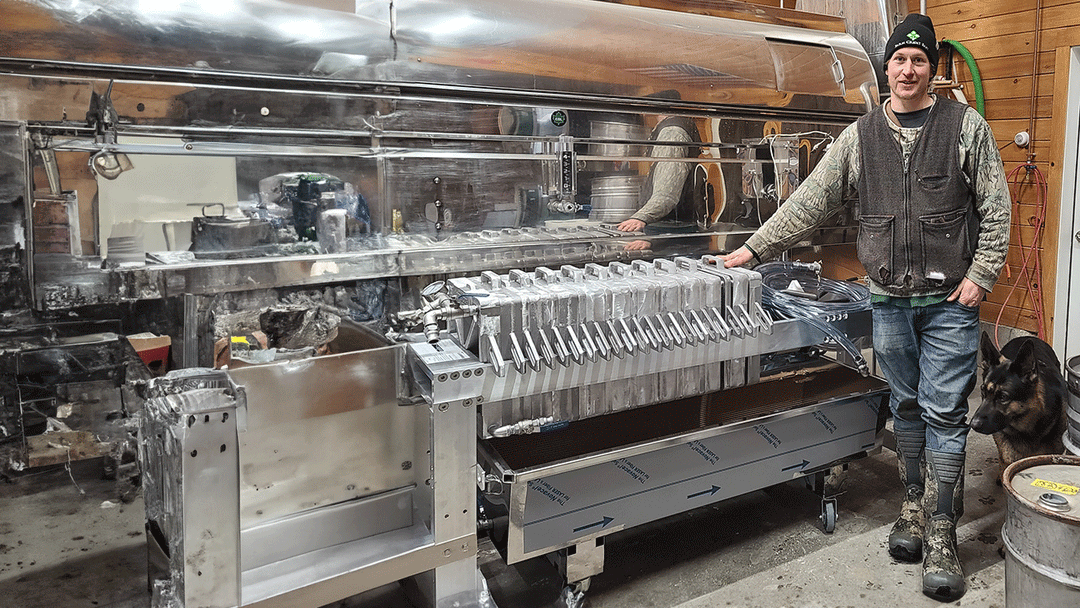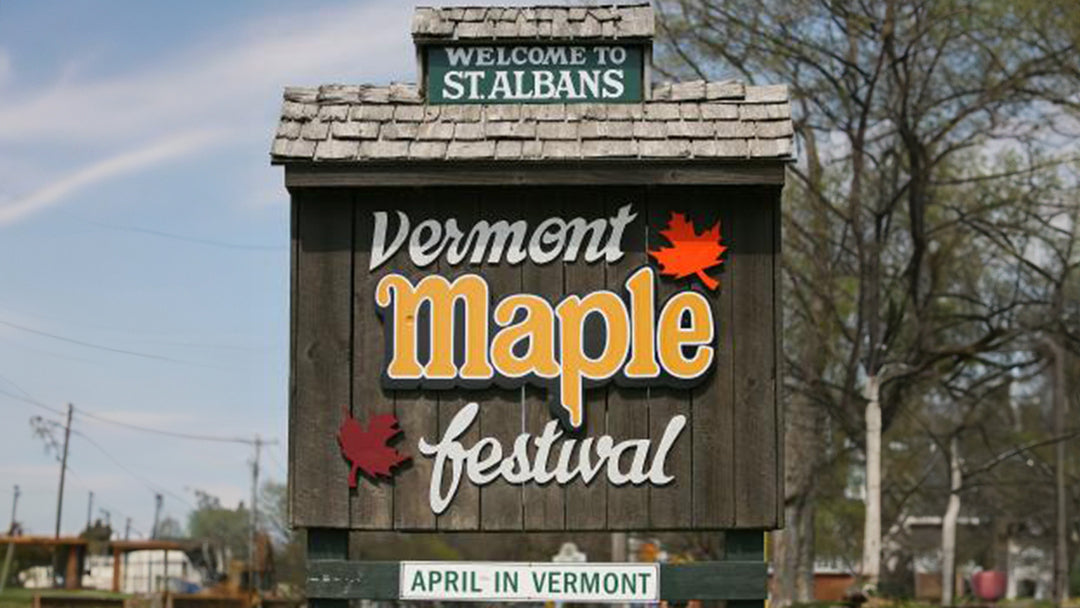Reverse Osmosis for Maple Syrup
What is Reverse Osmosis?
Simply put, reverse osmosis (RO) is the separation of water from minerals, larger molecules, and foreign contaminants that are too large to pass through a membrane. Many industries use reverse osmosis, such as the pharmaceutical, food and beverage, and agriculture to name a few. Even the U.S. military has found an application to put this technology to work for national defense by purifying salt water from the ocean.
To take this definition a bit deeper, it’s easier to learn about osmosis first, so we can reverse the process later on! Our friends at Merriam-Webster provide this great run-on sentence for a definition:
“Movement of a solvent (such as water) through a semipermeable membrane (like a very fine filter) into a solution of higher solute concentration (let’s call this maple sap) that tends to equalize the concentrations of solute on the two sides of the membrane.”
To relate this to the maple world, if we performed regular osmosis, we would dilute the sugar content of our sap (the solute) with water, thereby requiring the use of more fuel to boil the now watered-down sap to make syrup. We can’t be having that, if we want to maximize efficiency and save energy.
Now that we’ve broken down osmosis into simple terms, let’s dive into its’ opposite, reverse osmosis. Essentially, pressure is the key component to reverse the process of osmosis. Pressure is applied to the solute (maple sap), forcing it through the membrane where only freshwater molecules can fit, leaving behind a super concentrated mineral and maple sap solution ready for maple syrup production.
Reverse Osmosis in the Maple Syrup Industry

The maple industry utilizes this technology to separate a large percentage of the water from maple sap. Every sugarmaker has their own variation of the specifics, but the general idea is to remove about 75% of the water content. This in turn creates a huge energy savings, regardless of the source of energy used by the evaporator, such as wood or oil. Additionally, a significant amount of labor is saved, as the sugarmaker often works around the clock at the height of harvest to stay ahead of the sap run.
At the Carman Brook Farm, maple sap is collected in holding tanks and quickly processed through our reverse osmosis system. The demineralized water left over is called "permeate." The permeate is kept in one holding tank to be used later that day for equipment cleanup, like flushing the lines and membranes of the reverse osmosis.
"Concentrate" is the sap that contains the elements that are filtered out. In the case of maple sap, it is the highly concentrated sugar water that will be boiled in the evaporator to become delicious maple syrup.
Reverse Osmosis Benefits
A University of Vermont study found that one gallon of syrup requires up to four gallons of fuel oil to process. With the economic factors that $2 a gallon in fuel costs impart, it’s easy to see why maple syrup fetches the price it does. At the benchmark discussed above, where approximately 75% of water is removed from sap during reverse osmosis, the ecological and cost savings are huge! This isn’t to say that there are no tradeoffs, with this oil savings, electricity costs rise; however, between the cost savings and reduction in carbon footprint, this is a step in the right direction for a state such as Vermont which prides itself in being on the forefront of green solutions.
Our New Reverse Osmosis System
For the 2021 maple season we invested in a new RO system. For the past few years it has become clearer and clearer that we've outgrown our old machine. The professionals for RO in the maple industry are Lapierre USA, Inc., a Canadian based business specializing in precision maple equipment. Our previous system was purchased in 2011, also from Lapierre USA, Inc. At the time, it was a state-of-the-art system; however, our sugarbush on a separate part of the farm had been added into the production and soon after, our old system was hard pressed to keep up.
Reverse Osmosis Installation

Our new RO has nine membranes, as opposed to the previous systems six. Six of our new systems posts are identical as the older machine, however the three extra membranes operate at a much higher pressure to ensure maximum efficiency. Essentially, this means that instead of rushing to the sugarhouse at 3am when the sap is running all night, Daniel and Levon can arrive at 5am, make a coffee, and throw the switch to start the concentration process. To quantify this efficiency, our previous system was capped at producing a concentrate of 18%, while the new system can reach 22% while simultaneously working at a higher flow rate.
As you can see from the picture above, the new system takes up FAR more room than the old. Prior to taking delivery, we had to demolish the old room, frame a new one, and properly insulate it. Under no circumstances can you allow your system to reach temperatures below freezing, so an electric heat system had to be integrated to maintain proper temperature levels. One thing was reaffirmed to our family here at the farm, you never have enough space!

By far the most fun, and I only say that with a small amount of sarcasm, was unloading this machine from the delivery truck. To accomplish this, we had to hire our local tow truck company, Townline Auto Repair, with a lift bed to remove it from Lapierre's delivery truck. Living in maple country the driver, Eric, had plenty of experience moving big pieces of maple equipment as he was doing for us.

The driver moved the tow truck into position, and about six of us worked together to push it from the tow bed and into position. As with any job that is outside the normal, everyone had a great idea as to the best method to unload this hulking piece of machinery. These ideas ranged from the best angle to position the truck, proper leveraging techniques, and how to bridge the gap from the back of the truck, over the snowy ground, and onto the concrete. After some time and exertion without much progress, we resulted to brute force and finally moved it into position.

As the season progresses and we gain some hands on experience, I'll share an update and a walk through to see the machine in progress. I'll also post an update about the energy savings after the season progresses. Maple season 2021 is upon us!






Leave a comment